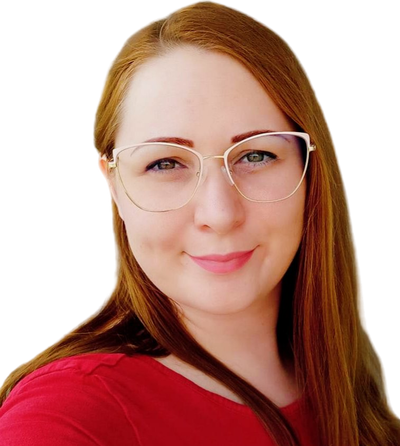SOFT LASER THERAPY
Laser therapy has a long history and a strong scientific basis. Evidence-based research proves its effectiveness both in the treatment of locomotor diseases and in sports rehabilitation. Low-level laser therapy (LLLT-low level laser therapy treatment) is actually low-intensity light therapy that initiates the healing process at the cellular level. The basic objective of laser treatment is to eliminate and reduce pain and dysfunction, and to restore a healthy state. It does not replace physiotherapy, but it can be used as an additional therapy with very good results due to its pain-relieving, anti-inflammatory and cell-regenerating effects. How does the soft laser work? The low-level laser light waves penetrate deep into the skin and subcutaneous connective tissues, optimizing the body's immune response in the blood. This results in partly anti-inflammatory and partly immunosuppressive effects. Research has shown that the light delivered by laser therapy has a positive effect on the entire body, as it provides essential oxygen and energy to all cells. The main consequence is the stimulation of your body's self-healing processes, so the body slowly "corrects the error" and eliminates the disease. As a result of the laser beam, pain-relieving substances (so-called endorphins) are released in your body, which results in a reduction of pain. the reason is the regulation of microcirculation and cell metabolism and the membrane stabilizing effect. Edema reduction:
As a result of the increased microcirculation, the absorption of the extracellular fluid improves, the lymphatic circulation improves and the blood clots (haematoma) are absorbed more quickly. The soft laser occupies a special place in the treatment of injuries, as it can speed up the healing process. It has an almost immediate pain-relieving effect. We use this effect most often in the treatment of athletes. Bruises (conusio) and strains (distorsio) heal very quickly under the influence of LLLT. In the case of rupture of ligaments, muscle fibers, and tendons, the soft laser reduces swelling, inflammation, and pain. After fractures (fractures) or after cast removal, it enables early rehabilitation, physical therapy, and speeds up the recovery of the range of motion of the joints as quickly as possible. In the case of tendon sheath or tendon diseases, laser treatment can be considered a causal therapy by eliminating inflammation caused by overuse. It slows down the development of contractures, inhibits fibrotic processes. LLLT is the most modern method of trigger point treatment. plantar fasciitis (inflammation of the sole of the foot) The advantage of the soft laser is that it is painless, has no side effects, does not cause allergies and can be well combined with other classical treatments. Patients with pacemakers and prostheses can also use it. Source: Howard B Cotler et al, The Use of Low Level Laser Therapy (LLLT) For Musculoskeletal Pain, MOJ Orthop Rheumatol. 2015; 2: 00068. Sara Zuboff, Clinical Applications of Low-Level Laser Therapy in Physical Therapy, 23rd Sep 2015 Christopher Chalk, Pain Relief and Healing with Laser Therapy, Updated on: 01/23/18
